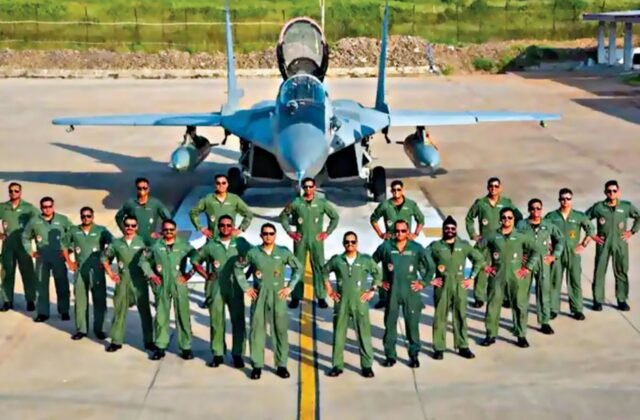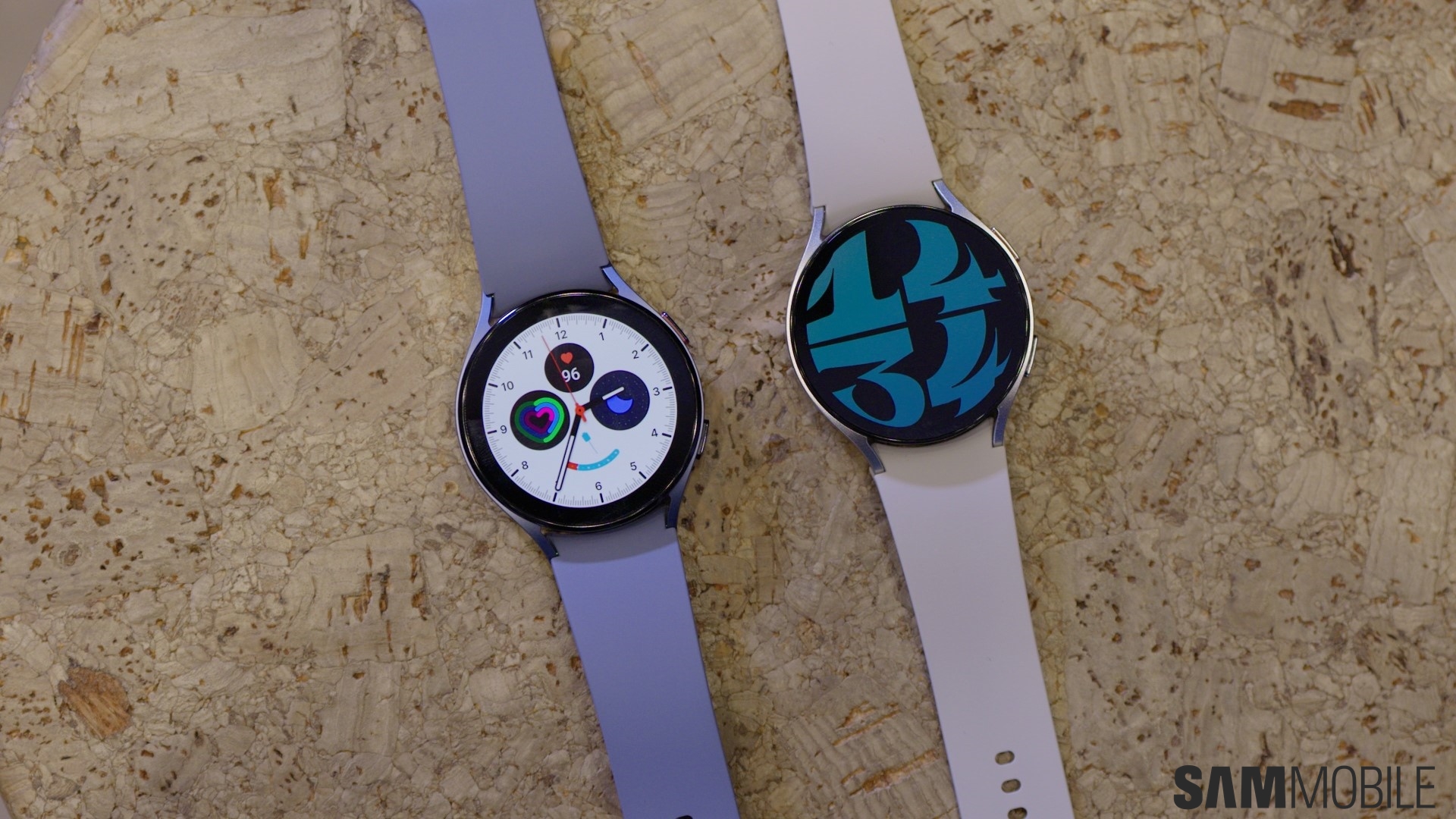Come 2026, Hyderabad won’t just be the city of biryani and biotech—it’ll be where Rafale fighter jet fuselages are born. That’s right, French aerospace giant Dassault has partnered with Tata Advanced Systems Limited (TASL) to manufacture the Rafale’s spine right here in India. And that’s not just manufacturing—it’s messaging. India isn’t just importing firepower anymore. We’re building it. India has been on the front lines for upgrading its defence hardware; this time, it’s got the made-in-India stamp all over it.
Desi Steel, Global Muscle
The Rafale is no ordinary warbird. It’s flown by some of the most advanced air forces in the world—including India’s. And now, the backbone of this beast will be built in Hyderabad, not just for India but for Dassault’s global clientele. “Making the Rafale fuselage in India will work out much cheaper for France,” says Air Marshal Anil Chopra (Retd), former Director General of the Centre for Air Power Studies. “India has proven its capability to make world-class aero-structures with Apache cabins, F-16 wings, and the indigenous LCA.” With France staring at a 10-year Rafale
backlog—orders from Croatia, Egypt, Qatar, UAE, Indonesia, Serbia, and more—it’s not just a Make in India moment. It’s a ‘make for the world’ moment.
One look at the Rafale and you know it’s no ordinary jet. “From the wing-body blending to the twist in the wing and the shape of the intakes—it’s a masterpiece,” says Chopra. “It’s a dream machine, and the IAF’s transition from Mirage 2000 to Rafale was like moving from one icon to another.”
India currently flies 36 Rafales, with the Navy placing orders for 26 Rafale-M fighters. The case for 114 Multi-Role Fighter Aircraft (MRFA) is in the pipeline—and Chopra makes it clear: there’s logic, strategy, and logistics in simply making all of them Rafales. “We’ve already paid for India-specific enhancements. There’s 95% commonality between IAF and Navy variants. It makes both economic and operational sense to go all-in.”
Swagger Meets Strategy
Major Pawan Kumar, Shaurya Chakra (Retd), served the India Army for 10 years, in the 16th Battalion, The Jat Regiment. Currently working in the
Defence Manufacturing Sector since 2019. “India has transformed from relying on foreign suppliers to becoming a real force in domestic manufacturing,” he says. “We’re not just assembling—we’re absorbing tech, creating jobs, and becoming a player in the global arms bazaar.”
Defence production hit a record Rs 1.27 lakh crore in FY 2023-24, with exports touching an all-time high of Rs 23,622 crore. But Major Kumar is quick to point out the fine print. “We still lag in defence spending, our startups struggle for capital, and procurement delays cost us time and money. We’ve got swagger, but we need systems too.”
A Rafale-Sized Solution
India is authorised 42 fighter squadrons, but is down to 30. With a two-front war threat always looming, the clock is ticking. Chopra says: don’t reinvent the jet. “Rafale already won a contest against similar aircraft. Starting a fresh selection will take 6-8 years. We don’t have that luxury. Let’s make the 114 Rafales here, acquire the F4 variant in a G2G deal, and amortize costs through volume.”
And it’s not just about speed—it’s about synergy. “Multiple fleets are a logistical nightmare. Choosing Rafale ensures operational coherence, faster deployment, and long-term savings,” Chopra adds. With Dassault and Tata setting up shop, Hyderabad is set to become India’s stealth capital, quietly rising as a global aerospace assembly point.
“The partnership isn’t just about making fuselages,” says Major Kumar. “It’s about creating an ecosystem—tech transfer, skills, supply chains—and making India indispensable in the global defence matrix.”
While fighter jets dominate headlines, India’s domestic defence industry also delivers boots-on-the-ground breakthroughs. One standout: the All-Terrain Tactical Hauler (Beast) by TVS Defence.
“This hauler is a game-changer,” says Major Kumar. “It’s already in use for last-mile delivery in tough terrains, and the repeat orders from all commands prove its utility. It’s agile, reliable, and completely desi.”
A Jet-Set Friendship
India’s aerospace ambition has always had altitude. What it lacked was acceleration. The Rafale fuselage deal is a turbocharged signal: we’re not just buyers anymore—we’re builders, exporters, and innovators. “It feels good to know that something we build with our hands here in Hyderabad will fly in the skies across the world,” says Ramesh Naik, a technician. “We used to see these jets only on TV. Now we’re part of their story.”
From Mirage nostalgia to Rafale nationalism, from wing-body blends to desi-built backbones, this is more than a deal—it’s India’s defence coming-of-age story. And this time, the sky might not be the limit.








